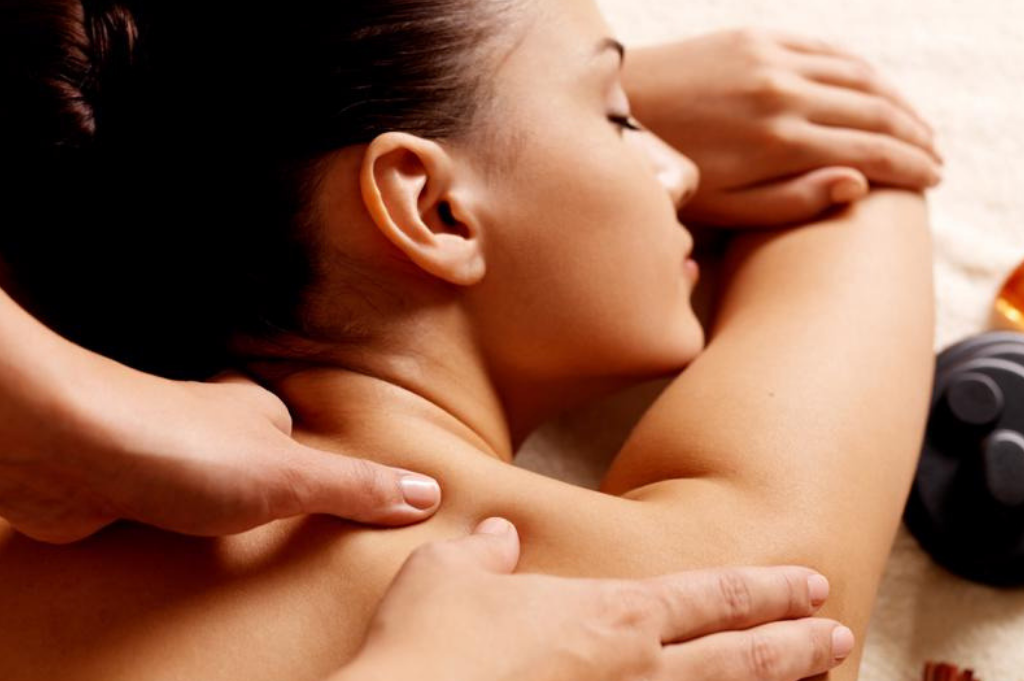You probably know that massage provides an excellent mode for relaxation and major benefits for athletic recovery, but you may still have questions about the application of this therapy. When should you take advantage of your Moji personal massager? How often should you use this tool on your muscles? Read on to discover the answers to all your questions about timing:
Frequency
Getting a massage only every once in a while won't do you much good. Repetition and frequency are key to getting the most out of this form of therapy. Certified massage therapist Natalie Johnson explained to Women's Health that the more you massage, the better, and applying this therapy should be an ongoing process.
"All your muscle tightness and pains can never be totally worked out, as you're constantly living, breathing and moving your body," Johnson explained. "But getting your muscles loosened as a tune up seriously helps diminish injury."
How do you work massage therapy into your lifestyle on a regular basis? Appointments with a certified massage therapist can run anywhere from $50 per hour at a clinic or gym to $125 per hour at a spa or resort, according to CostHelper. Getting a massage from a professional is great for special occasions, but it's not a financially practical long-term plan. Get the same results at home with a Moji personal massager. Between the all the available products, such as the Moji Foot Pro and the Moji Curve, you'll always have the right tool to soothe any aching muscle no matter where it is on your body.
When
There's no secret time table when it comes to picking the exact hour of when to get a massage. Rather, the important thing is to select a time that works best with your schedule. As noted, frequency is crucial for getting the most out of your massage, so don't allow your busy lifestyle to overrun this important healing session. For instance, avoid waiting until the evening to get your massage if you know you might be cooking dinner. Likewise, don't plan on using your massager first thing in the morning if you barely have time to squeeze in breakfast before rushing to work.
While convenience is key, it's also important to listen to your body. Massage any especially sore spots as soon as you feel discomfort to prevent them from getting worse. Additionally, when it comes to timing, consider any big fitness events you have going on. If you've been training for a marathon, for example, Runners Connect advised getting your massage at least three to five days before the big race. If you've neglected massage therapy for a few weeks, stretch that time frame out even further so any post-massage soreness doesn't affect your athletic performance. Follow up the event with a post-race massage.
"Just 10 minutes of massage helps alleviate muscle soreness."
Duration
According to Associated Bodywork and Massage Professionals, massages last an average of an hour. However, the duration can range anywhere from 30 minutes to two hours. Certified therapists require longer lengths of time to target all areas of the body and better facilitate deep relaxation. At home, how long you use your personal massager depends on the results you want to achieve.
For example, if you're looking reduce stress, a longer massage may be better. One study published in the journal Alternative Therapies in Health and Medicine found that a 10-minute massage did not sufficiently reduce stress in patients who were about to undergo heart surgery. Meanwhile, a study published in the Australian and New Zealand Journal of Psychiatry found that 20 minutes of massage reduced self-reported anxiety, heart rate and cortisol levels in a young adult psychiatric inpatient unit. On the other hand, when it comes to alleviating muscle soreness, you need to hash out only a few minutes from your busy schedule. A study published in the International Journal of Sports Physical Therapy found that just 10 minutes of massage helped alleviated delayed onset muscle soreness in the hamstrings.
No matter what you use massage for, whether it's to reduce stress, heal injuries or ease muscle tension, do what feels right for you. If you've been massaging your legs for 10 minutes and still don't experience pain relief, keep going. When you feel relaxed enough to put away your Moji massager after five minutes, go for it. Just make sure you give your body the time and attention it deserves.

